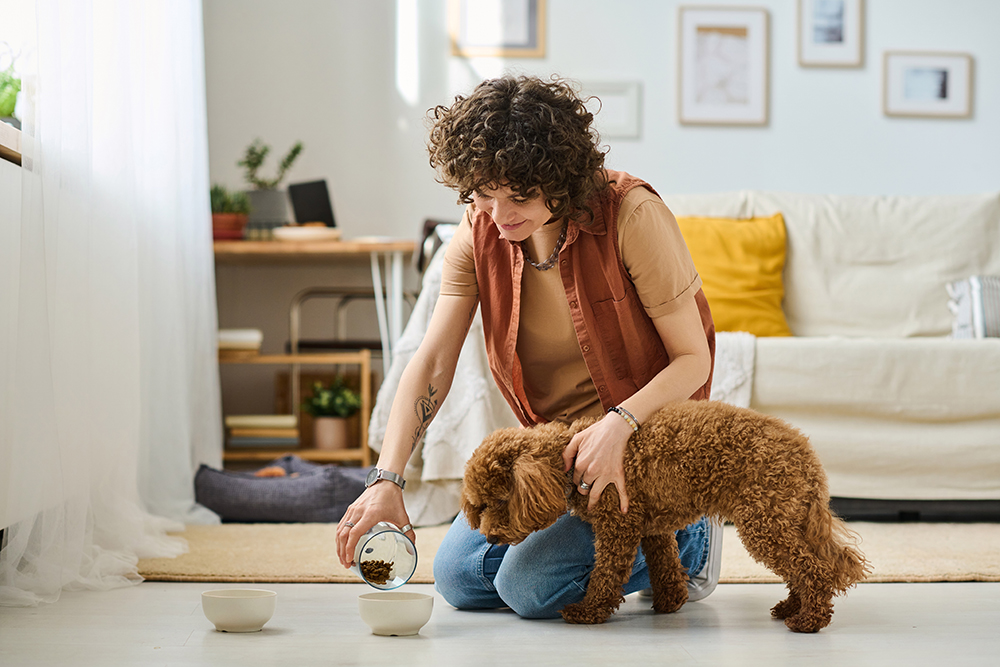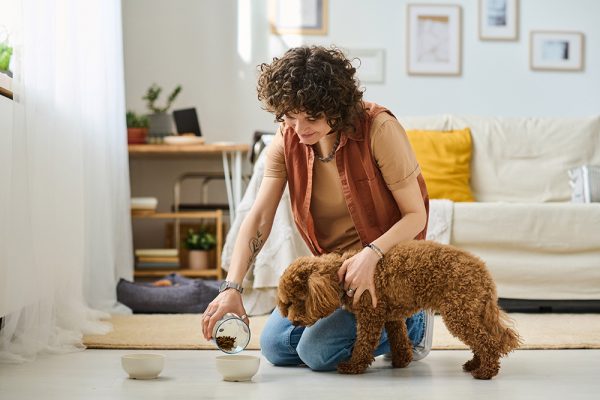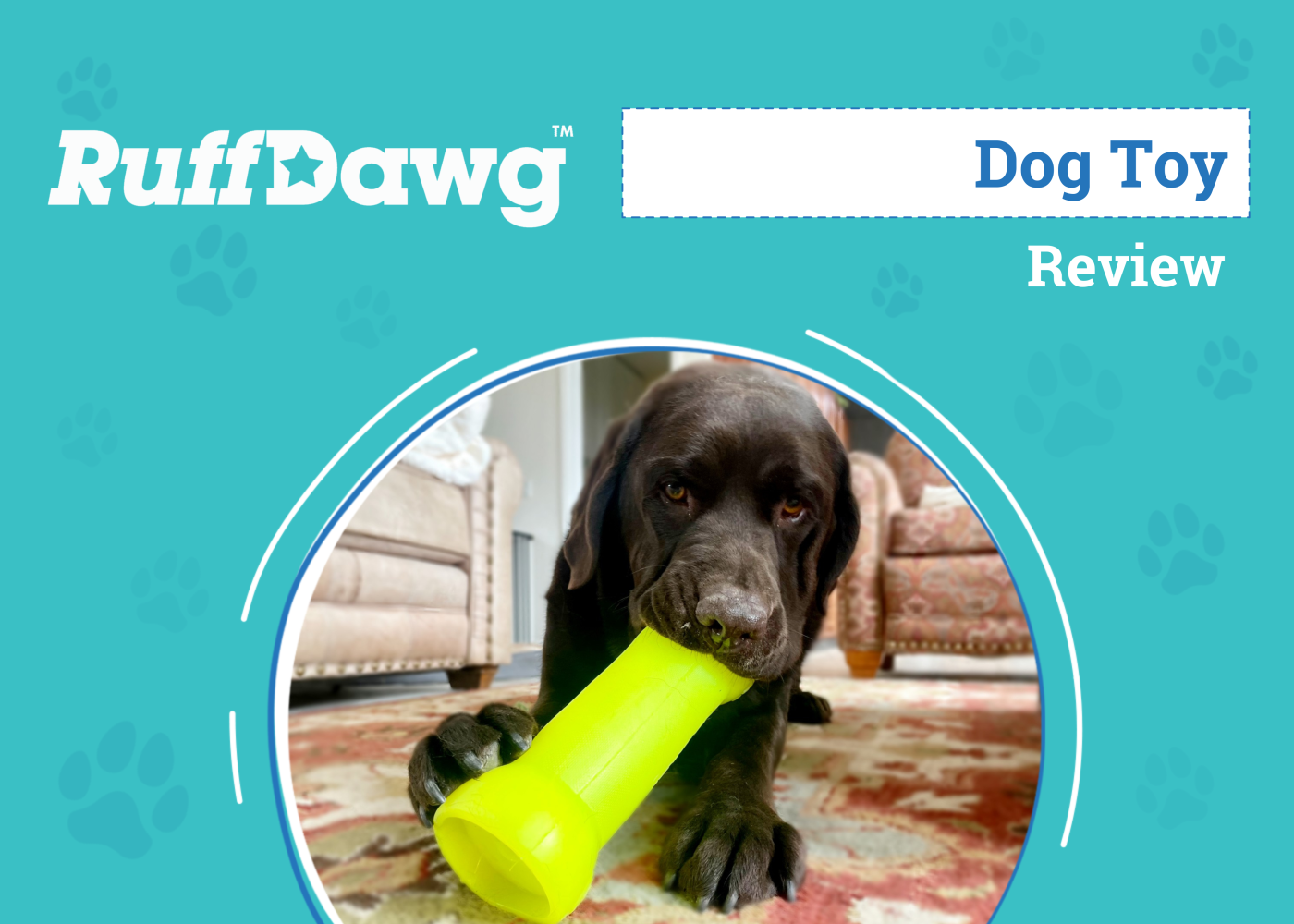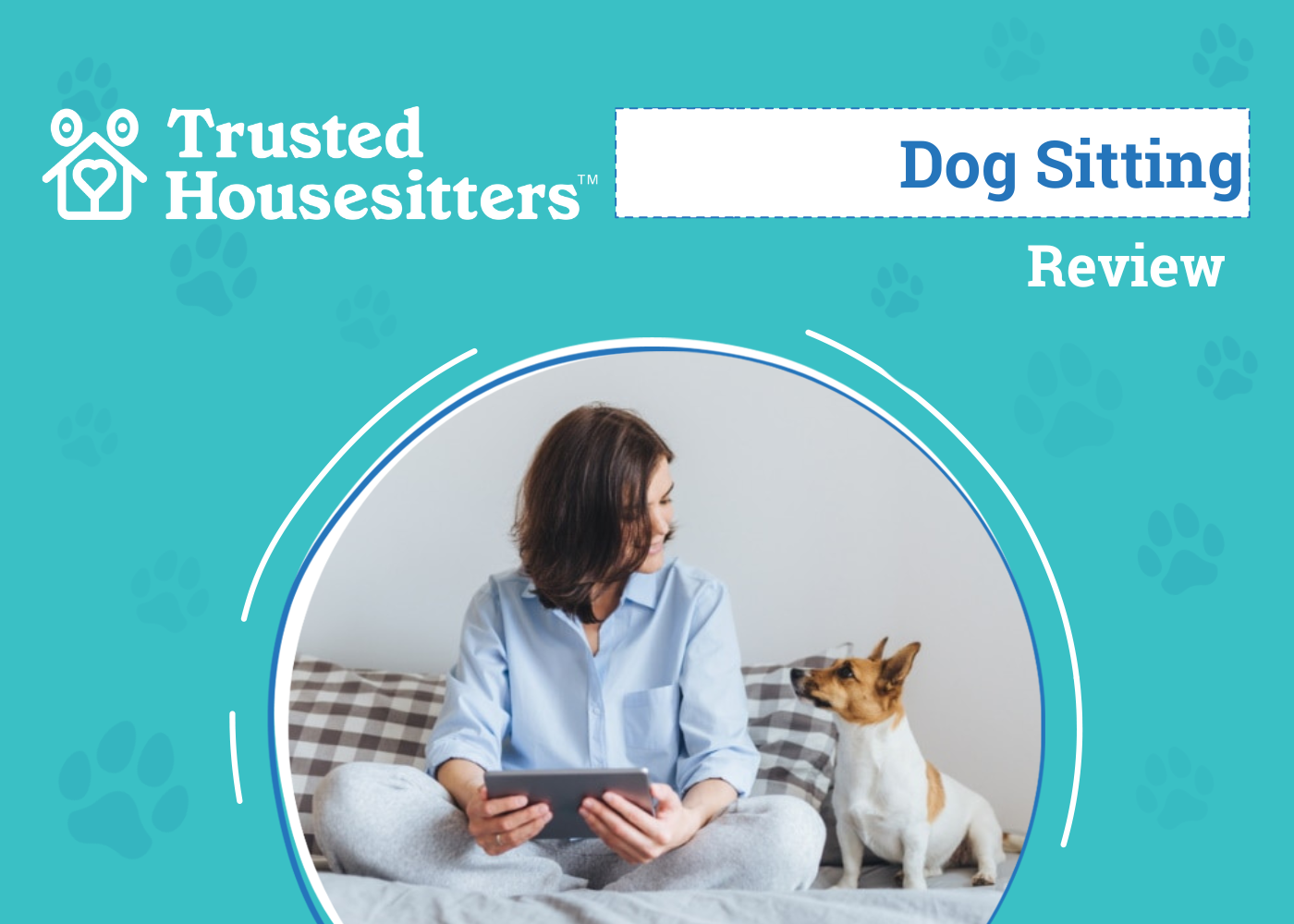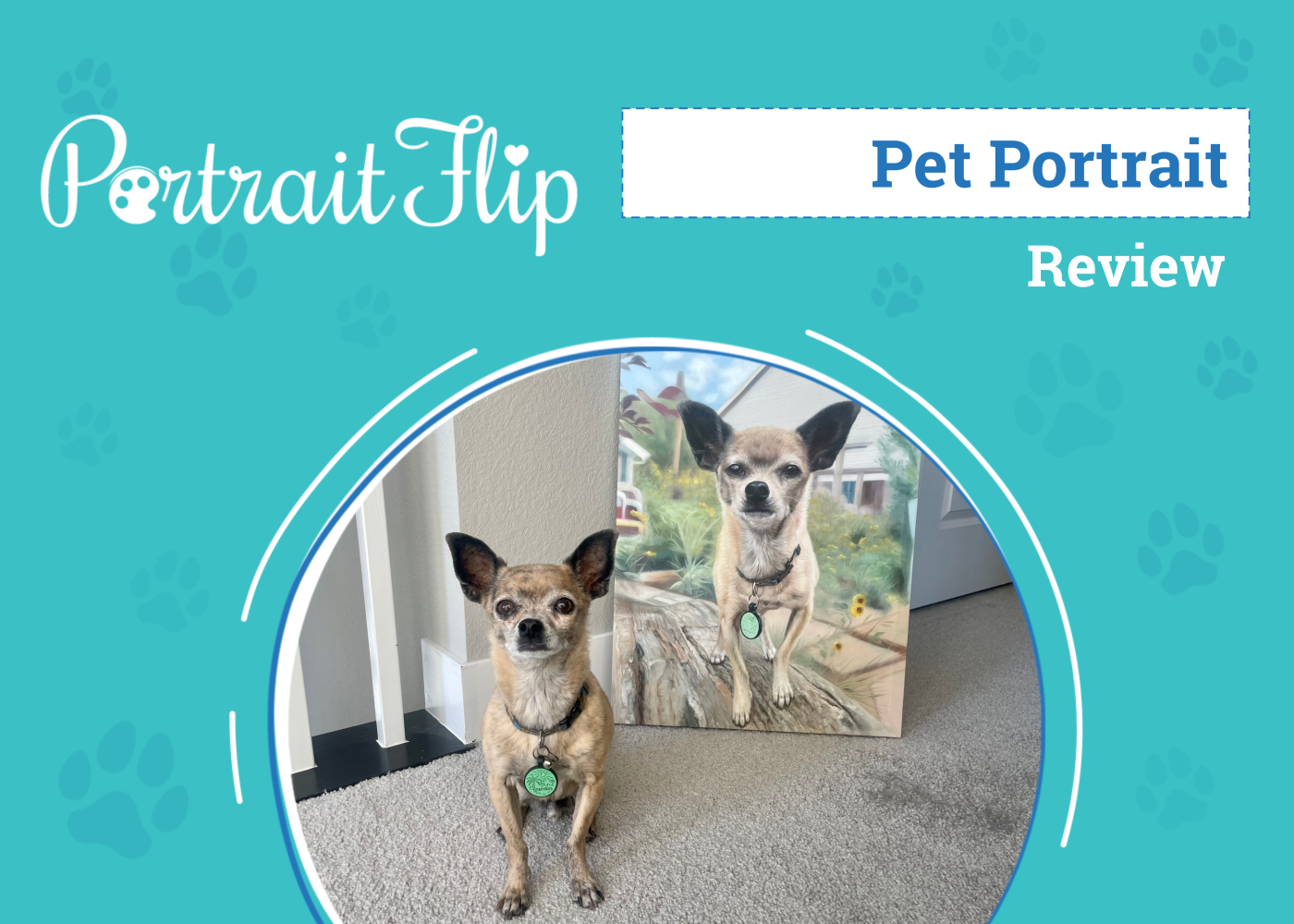Click to Skip Ahead
It can be extremely stressful to think about leaving your pup in the hands of a pet sitter, but it’s also unrealistic to never go away for business trips or take vacations just because you’re a pet owner. If you’ve finally found the perfect sitter to care for your pets while you’re away, you still need to do your due diligence to ensure they can care for your dog how they need to be cared for.
Read on to find our checklists of nine items and twelve instructions you’ll need to leave your sitter to ensure they can do their job properly.
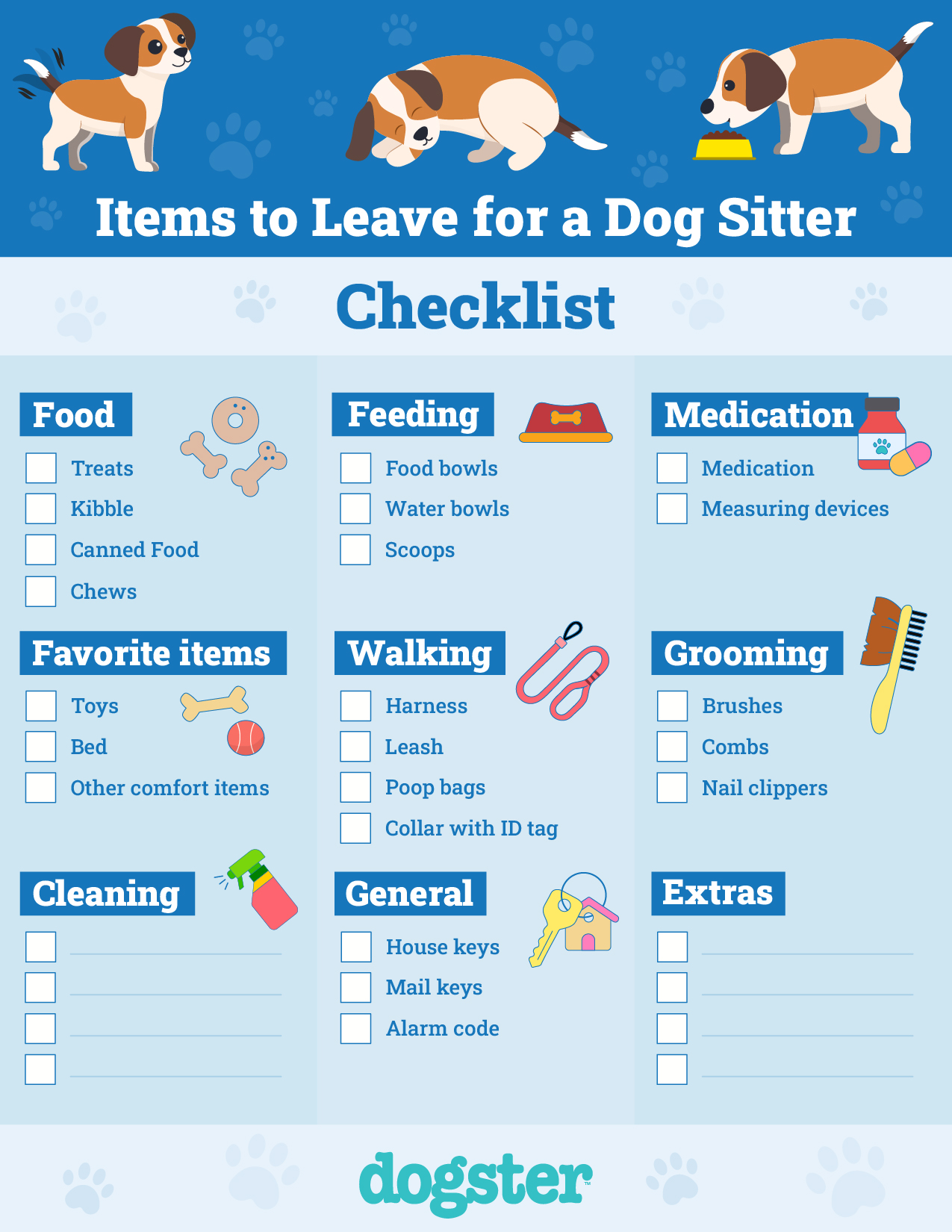
How to Prep Your Dog Sitter for Caring for Your Dogs
Now that you have our checklists to provide your pet sitter, let’s look closer at each item.
Items to Leave Your Pet Sitter
1. Food
Leave your pup’s food (including treats) in a secure location that only your sitter can access during your time away. Hungry pups can get resourceful and destructive if they know where their food is and don’t feel they’re getting fed in time. The last thing you want is your sitter to walk into a crime scene with your pet’s food scattered throughout your home and your dog’s eaten half of their weeks’ supply of food in a day or two.
If you’re really organized, you might even consider pre-portioning your dog’s food to make things even easier on your pet sitter. Just make sure open food is stored in airtight containers to prevent it from spoiling before it can be served.
2. Feeding Supplies
Leave your dog’s favorite food bowls on the counter so they’re easily accessible for your pet sitter. Measuring scoops for food should also be left in an easy-to-find place.
3. Medication Supplies
If your pet sitter will be giving your pups medication in your absence, ensure the meds are kept in a safe place, far from where your curious and mischievous pup can reach them. Leave the measuring device necessary to administer the medicine in the same spot so your sitter doesn’t need to go hunting for it.
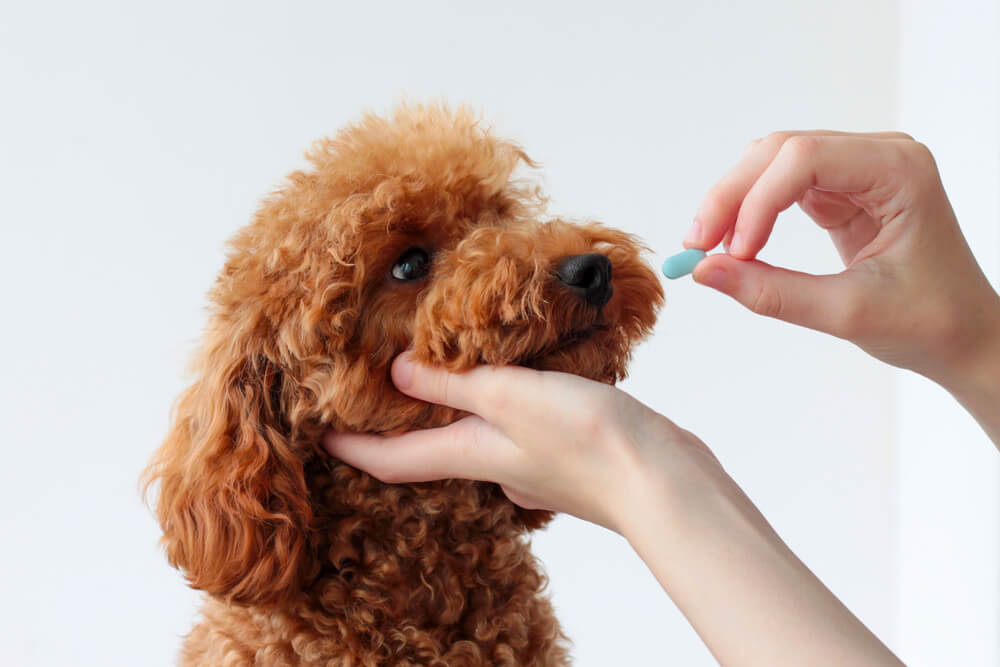
4. Collar with ID Tag
Ideally, your dog will already be wearing their collar and ID tag, but if yours doesn’t like to for some reason, make sure you leave it out for your sitter. ID tags are vital in reuniting lost dogs with their families, and if your pet were to escape while you’re gone, it could make the difference between getting them back to their rightful owner in a timely manner.
5. Favorite Items
Your dog probably has a few select toys that they prefer over others. Make sure they have access to these toys while you’re away, as they can provide entertainment during periods of boredom and prevent your pup from destroying things if they get mischievous when under-stimulated.
Your pup’s favorite sleeping spot should be left out for them, whether it’s a doggy bed or a preferred blanket.
Any other items that may bring your dog comfort in your absence are worth leaving out, too. If you know your scent will provide a sense of security while you’re gone, leave one of your shirts out somewhere they can find it to smell at their convenience.
6. Walk Supplies
Hopefully, your pet sitter will be taking your dog out for walks and adventures while you’re gone, so make sure all the supplies they’ll need for the walks are easily accessible. We recommend leaving these items in a box somewhere your pup cannot access to ensure they don’t destroy them if they get bored or mischievous.
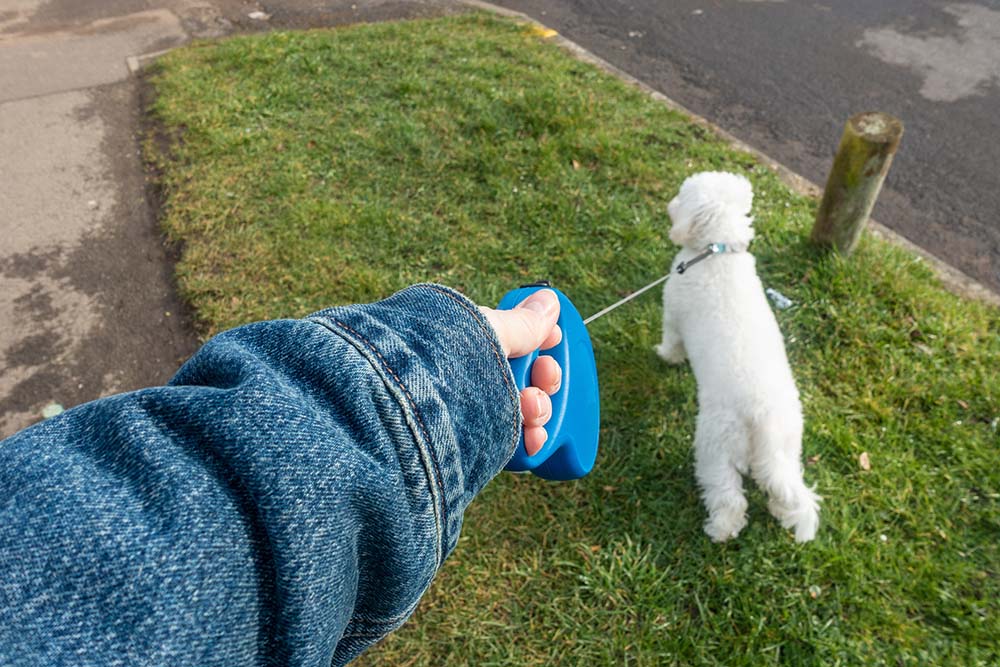
7. Grooming Supplies
You don’t need to leave out grooming supplies if you won’t be gone long or if your pet sitter isn’t comfortable grooming. If they have demonstrated experience with grooming, it’s not a bad idea to leave your pup’s brushes or combs in a safe place for them to access if your pup’s coat needs a little sprucing up in your absence. If you know your dog gets a bit dirty after an outside play session, you could also provide some cleaning wipes so they can give them a quick, waterless clean.
Keeping your dog clean doesn't have to mean giving them a full bath. We like Hepper's Wash Wipes because they're specially formulated to be safe for dogs of all ages, sizes, and breeds. The hypoallergenic formula contains natural, moisturizing ingredients that effectively remove dirt without irritating your dog's skin. At Dogster, we’ve admired Hepper for many years, and decided to take a controlling ownership interest so that we could benefit from the outstanding products of this cool pet company!
8. Cleaning Supplies
Accidents happen, and if your pet sitter doesn’t know where your cleaning supplies are located, they may not be able to clean up the accidents properly. Do not leave the supplies in a place your dog can access for obvious reasons, but do make sure your sitter knows where they are located if they need them.
If you're looking for an all-in-one enzyme cleaner, we highly recommend the Hepper Advanced Bio-Enzyme Pet Stain & Odor Eliminator Spray.
It eliminates tough stains and odors easily. Plus, it comes with a 100% satisfaction guarantee! Click here to order now. At Dogster, we’ve admired Hepper for many years, and decided to take a controlling ownership interest so that we could benefit from the outstanding products of this cool pet company!
9. Keys
If you don’t have a keyless entry to your home, your sitter will need a set of keys to gain entry. Ideally, you’ll provide them with these keys at your pre-sitting meet and greet.
If your sitter will be getting your mail for you, they’ll also need keys to your mailbox.
If your home is equipped with an alarm system, the code will be another indispensable piece of information to provide them. The last thing you want to deal with while you’re away is a blaring house alarm you cannot turn off from your location.

Instructions to Leave Your Sitter
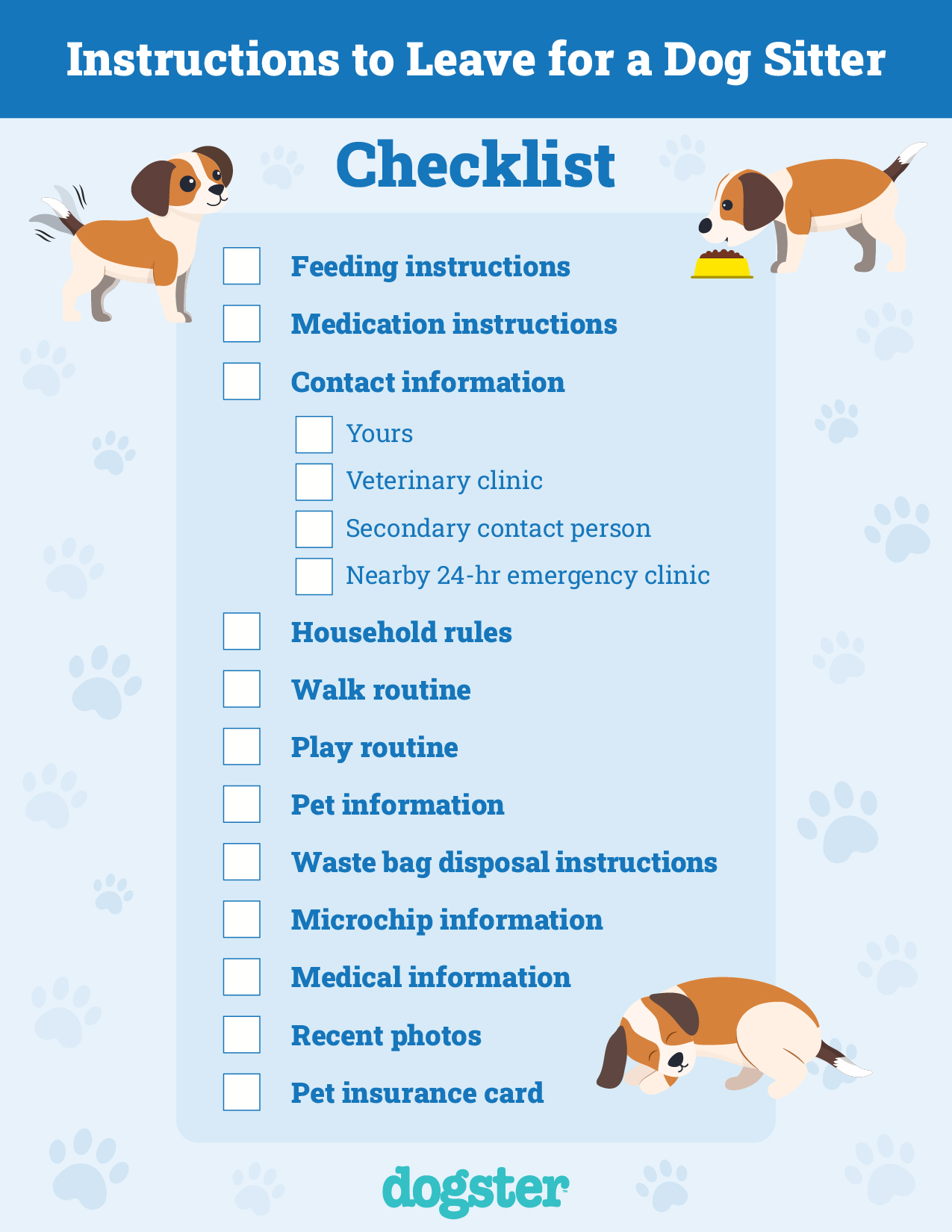
1. Feeding Instructions
How often does your dog eat? How much do they get at each meal? How many treats would you like them to get every day? Do you give them chews? What is their chew style? How often should they be given a chew?
2. Medication Instructions
What medication are they on? How many times per day should the medicine be administered? How is the drug administered? Are there any side effects they should look out for?
3. Contact Information
Where are you staying? How can they contact you if they need to? Who can they contact if you’re not available? Who is your dog’s usual vet? Where is the closest emergency clinic?
4. Household Rules
Is your dog allowed on the furniture? Are they allowed to sleep on your bed? How long are they allowed to be in the backyard?
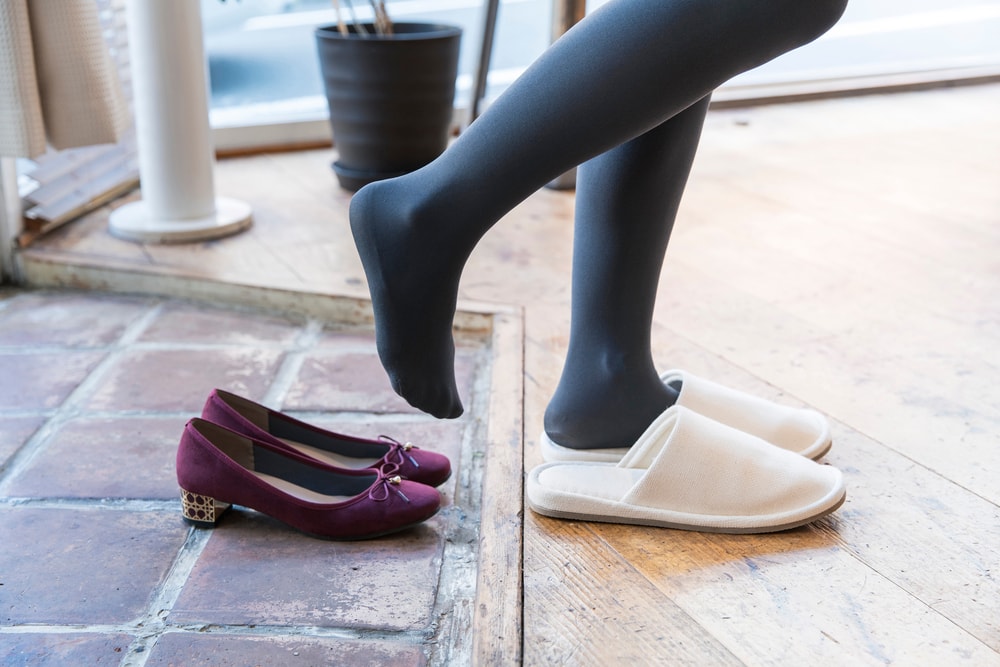
5. Walk Routine
Where do you usually go for your walks? How long are your walks? How many do you take per day? Is your dog okay going to new places, or do they prefer familiar territory?
6. Play Routine
How long should your pet sitter spend playing with your pup? What are their favorite toys? What’s their play style? How many play sessions should your sitter have with your dog daily?
7. Pet Information
What things make your dogs happy? What makes them upset? Do they have any allergies? Are there certain sights or sounds that trigger stress responses? What other aspects of their personality are important for your sitter to know?
8. Dog Waste Bag Disposal Instructions
Where do you want your sitter to put your pup’s poop bags? Do they go in your trash bin, or are they the compostable kind that goes in your compost bin?
9. Microchip Information
Is your dog microchipped? What is the registration number? It would help if you also took this time to ensure the information associated with your pup’s chip is up to date.
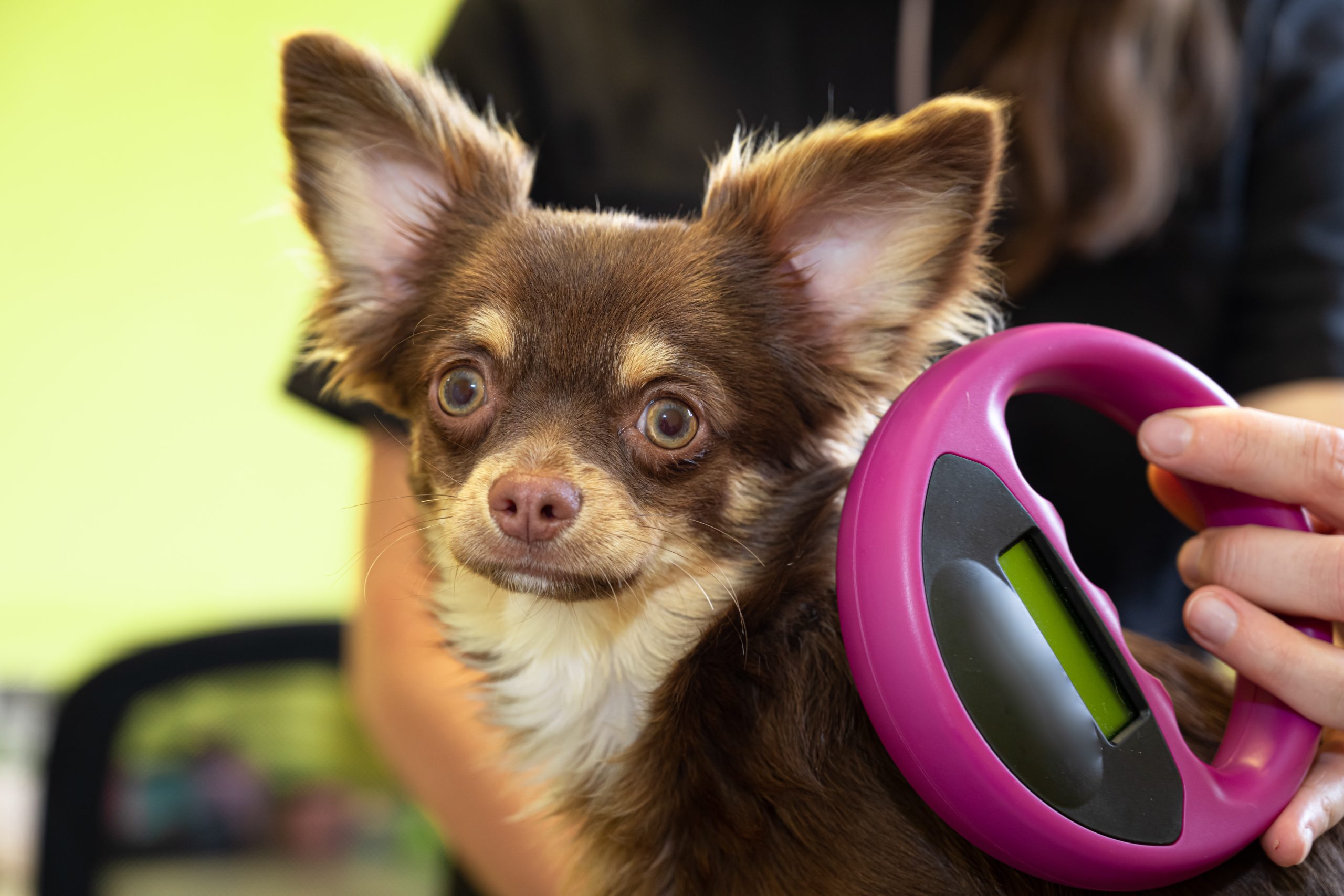
10. Medical Records
Is your dog currently dealing with any medical issues? Have they dealt with concerning problems in the past that may reoccur while you’re away?
11. Recent Photos
Provide your sitter with recent photos of your dog that clearly demonstrate unique features or markings. These images will be helpful in identifying your pup if they escape or get lost.
12. Pet Insurance Card
Do you have pet insurance for your pets? What company is the insurance from? What are the important numbers associated with your account? If there’s an accident with your dog, you don’t want to have to deal with hefty veterinary bills while you’re away.

Final Thoughts
Though it might seem like a lot of information at first glance, much of the information and items you’ll need to leave for your sitter is common sense. A little bit of foresight and planning will go a long way in ensuring you have the peace of mind necessary to enjoy your time away.
Featured Image Credit: AnnaStills, Shutterstock

